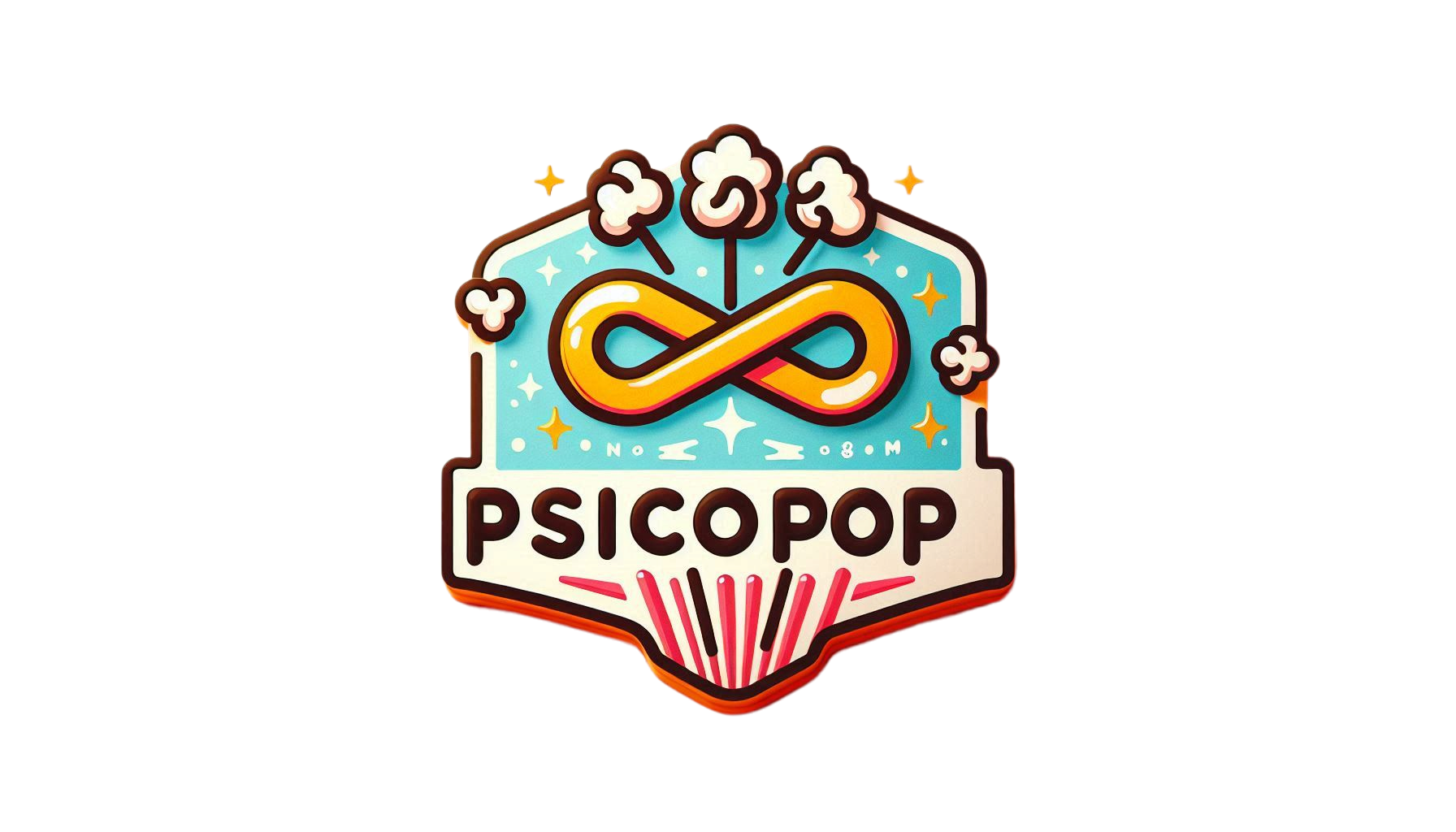In 2013, in the series Black Mirror, the concept of digital resurrection was already anticipated in the episode I’ll be right back. The protagonist used AI-based software to generate new conversations with her boyfriend, who had died in a car accident. Today, it is already a reality, and has become one of the major debates in the scientific and technological community.
This phenomenon refers to the possibility of reviving deceased people through technology, whether to exchange WhatsApp messages with dead relatives or friends, view images of them and interact in different ways.
James Vlahos has turned his dead father into a chatbot that he often talks to. But Chinese and Korean companies have developed avatars based on deceased people to offer comfort to their loved ones, profiling it as a business of the afterlife. It is worth saying that perhaps some dead people are better to be trusted than some living people.
Tim O’Brien, Microsoft’s chief ethics officer, said they would not pursue a patent on conversational software that simulated chatting with the deceased because it was too “disturbing” , but that hasn’t stopped others from doing it: young Russian Roman Mazurenko brought his 32-year-old best friend back to life after she died suddenly, now eternalised in the AppStore.
He collected all the messages he had exchanged with her and other friends they had in common , and designed a programme that reproduces the dead woman’s speech patterns.
A dead person has no right to privacy. Garlic, water and resi(g)na*.

Who has the power to digitally revive a person without them being able to actually express their consent to be resurrected? Who would want to expose themselves to the painful mourning that we people must go through when we suffer the death of a loved one, if we have the possibility of avoiding this toll by taking the shortcut of digital resurrection?
Death is a natural part of life, and mourning a necessary process of coming to terms with loss : by attempting to maintain a connection with the dead through digital resurrection, are we not interfering with this vital process? Could it prevent us from moving forward and finding peace in the acceptance of loss?
Researchers in the Netherlands are teaching robots to detect irony and decipher what signals such as a raised eyebrow, the emphasis of an elongated syllable or a sour face mean : they have named this database MUStARD (mustard) and fill it with TV series and sitcoms, such as Friends.
Lola Flores was a pioneer until she returned to television 26 years after her burial, thanks to a deepfake, a video modified with artificial intelligence, in which she announces a beer.
The case of La Faraona is not the first and will not be the last: we have seen the voice of Joe Biden supplanted in the presidential campaign or that of Elon Musk to sell bitcoins.
With this practice, there is an important risk: creating false memories.
What is “being”? When we recreate the voice or image of someone who has died, are we extending their existence, in a way, or are we simply creating a shadow without substance? Evidently, the essence of being human is more than a set of programmed responses or a projected image, and lived experience, emotions, thoughts… All seem unattainable by digital simulation.
Digital resurrection could perhaps be seen as an attempt to preserve memory, to keep alive the presence of those we have lost, but is it ethical to cling to an artificial representation instead of letting memory evolve and transform over time?
Memory is not static: it is selective, it changes and adapts . When we digitally create a person, do we run the risk of altering the authentic memories we have of them? Moreover, over time, human memory evolves and memories follow one another, considering all sorts of attributes that can alter them for various reasons. It is precisely the natural behaviour of memory that has led to an ethical debate about the impact that recreating deceased people can have on our memories.
We do not know whether our memory would consider memories, both real and AI-generated, under the same label or whether they would be differentiated.
Memories are not a series of representations that are linked one after the other: the feelings, for example, that we experience when we share moments with a person, the emotions that surface when we interact or enjoy common experiences , as well as the spontaneous conversations that give rise to memories that last “forever”.
Exposure to a boat posing as a dead person to whom we can even video call may compromise the integrity of these memories and be replaced by digital experiences that, while they may be very well done, should not come close to the feelings that come from human interaction itself.
And yes, we have talked about memories and image, but…. What happens when we have to define the personality of the dead person? And as human beings, will we define the friendship or family member from a 100% objective point of view or will we, perhaps unconsciously, highlight their most positive aspects and try to reduce or eliminate those that clash with our character? When we try to recreate someone, can we capture their identity or do we simply create an idealised version, one that conforms to our own expectations and desires?
The Chinese newspaper Global Times claims that digital resurrection is becoming a growing industry in the Asian giant, with an increasing number of Chinese citizens attempting to turn their deceased relatives into digital doubles . The market for “digital humans” is estimated to exceed six billion dollars by 2025.
Zhang Zewei, founder of artificial intelligence company Super Brain, has revealed that they have already completed more than a thousand “resurrection” orders . While this technology may help some people cope better with loss, it can also bring huge hidden problems.
Finally, underlying all of this is a profound and disturbing paradox: technology attempts to bring us closer to those we have lost, and confronts us with the inescapable reality of their absence, leading us to question not only the nature of existence, but also the essence of what it means to be human. Technology attempts to make up for a lack, to fill a void, and highlights our desire to cling to what we have lost, and our difficulty in coping with and processing the grief of death.
Christian resurrection is simpler and more just because it is a gift from the one who, having thought, created and loved the universe, can give it to humanity, based on limitless love, as witnessed by Jesus Christ in the sacrifice of the Cross, rather than a neural and quantum algorithm.
For the moment, a gulp of air: AI will never match the spark of the human mind as long as it does not master the art of sarcasm, indispensable to walking these paths of the Lord. We embrace an imperfect, digitised representation that, while comforting in a way, may not do justice to the true essence of the beloved?
(*) Garlic, water and resi(g)na: to screw oneself, to put up with it and resignation. Yes, it is a typically Spanish expression that doesn’t make much sense in English…
📖 References:
